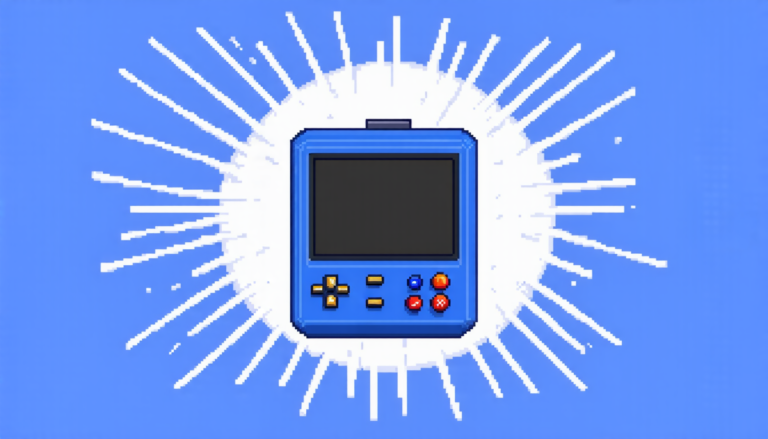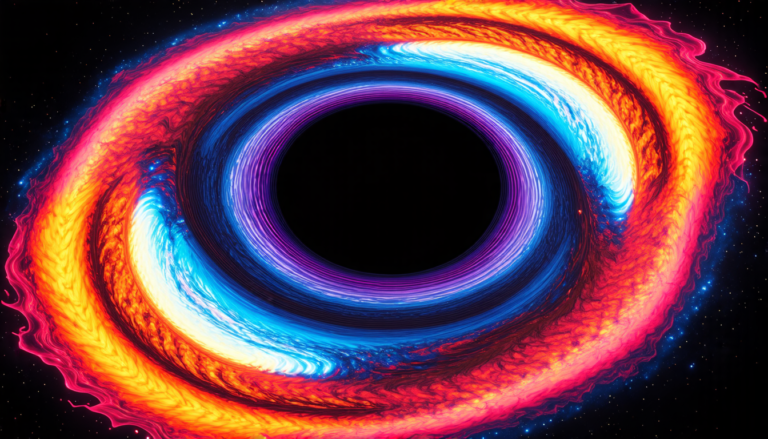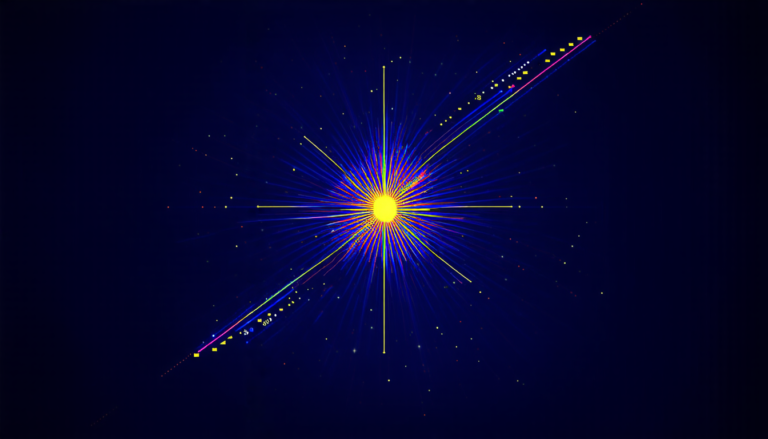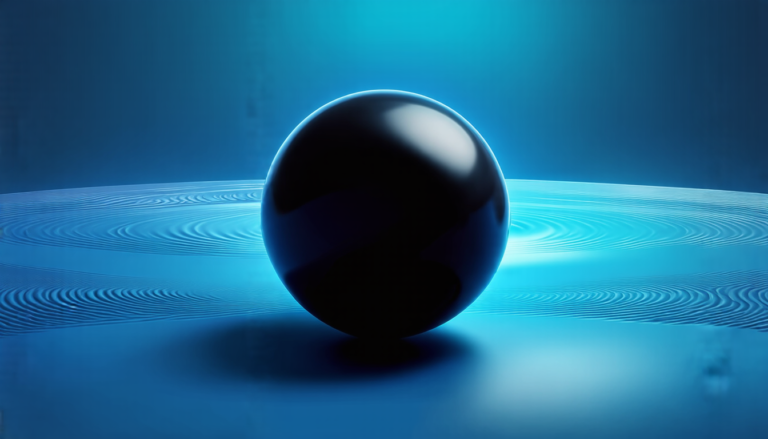Wednesday 09 April 2025
The quest for a quantum computer that can tackle complex calculations has long been a holy grail of technological advancement. For years, researchers have been working tirelessly to develop a machine that can harness the power of quantum mechanics to solve problems that are too difficult or time-consuming for classical computers.
One of the biggest challenges in building such a device is finding a way to accurately simulate the behavior of subatomic particles, like quarks and gluons. These particles interact with each other in complex ways, making it difficult to model their behavior using traditional computer simulations.
Enter lattice gauge theory, a mathematical framework that allows physicists to study these interactions by treating them as if they were happening on a grid of points, rather than in continuous space. This approach has been incredibly successful in describing the behavior of particles at high energies, but it’s limited by its inability to accurately capture the effects of quantum fluctuations.
That’s where quantum computers come in. By using qubits instead of classical bits, these machines can process information in a way that’s more akin to the strange, probabilistic world of quantum mechanics. This makes them ideal for simulating complex systems like lattice gauge theory.
Recently, a team of researchers has made significant progress in this area by developing a new method for simulating lattice gauge theory on a quantum computer. The approach involves using a combination of classical and quantum algorithms to efficiently solve the equations that govern the behavior of these particles.
The result is a machine that can simulate the behavior of quarks and gluons with unprecedented accuracy, allowing physicists to study complex phenomena like the strong nuclear force in ways that were previously impossible.
This breakthrough has significant implications for our understanding of the fundamental forces of nature. By simulating lattice gauge theory on a quantum computer, researchers can gain insights into the behavior of particles at high energies, which could lead to new discoveries and a deeper understanding of the universe.
The team’s work also highlights the potential of quantum computers to tackle complex problems in fields beyond physics. From chemistry to materials science, these machines have the potential to revolutionize our ability to model and simulate complex systems.
As researchers continue to push the boundaries of what is possible with quantum computing, we can expect to see even more exciting advances in the years to come. The prospect of harnessing the power of quantum mechanics to solve some of humanity’s most pressing challenges is an tantalizing one, and it’s clear that we’re just beginning to scratch the surface of what’s possible.
Cite this article: “Quantum Leap Forward: Simulating Lattice Gauge Theories on a Quantum Computer”, The Science Archive, 2025.
Quantum Computers, Lattice Gauge Theory, Quantum Mechanics, Subatomic Particles, Quarks, Gluons, Classical Computers, Qubits, Strong Nuclear Force, High Energies.







